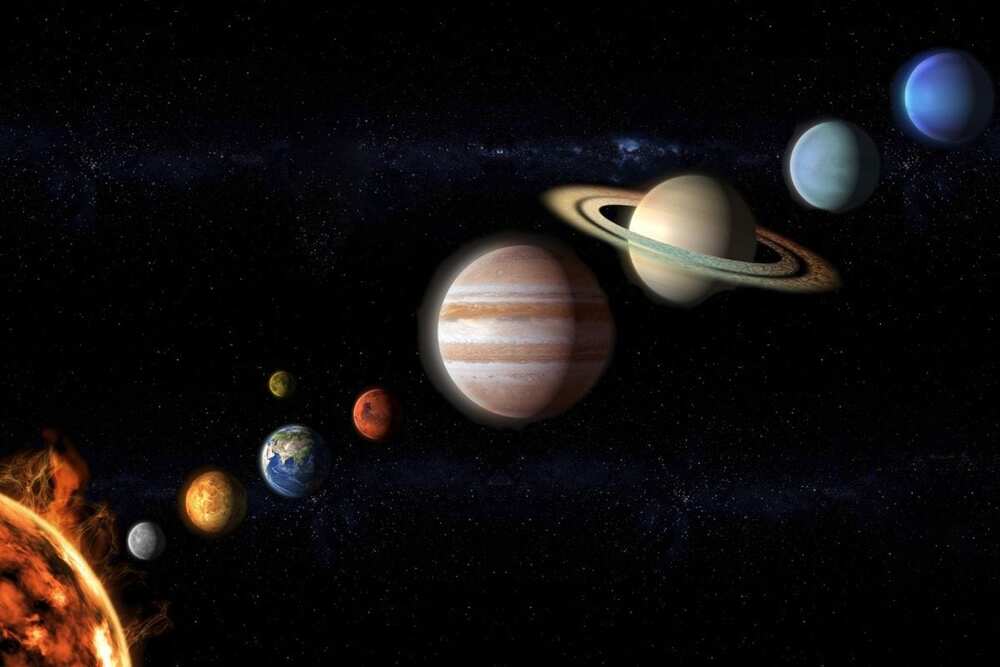SpaceX sent Starman into space on a Falcon Heavy 3 years ago! But will he ever return to Earth?


Fascinating new episode with NASA astrophysicist Sten Odenwald; we discuss several of his 100 objects in his book on the history of space exploration. Please listen.
Award-winning NASA astrophysicist and author Sten Odenwald discusses several of the 100 objects featured in his 2019 book: “Space Exploration: A History in 100 Objects.” I pick a few of the lesser known and underappreciated objects, which run the gamut in their differing ages. In this compelling episode, it’s amazing to hear and understand just how far humanity has come in its technological quest to understand the cosmos.

Half a century after the last astronauts left the Moon, the idea of sending crews to Mars still seems like some sort of vague space policy notion. After all, crews have yet to revisit the Moon. So, even today, talk of getting astronauts to Mars seems largely confined to PowerPoint presentations.
Thus, it was precisely that sense of inexactitude that prompted a young South African-born entrepreneur named Elon Musk to begin his quest to make the dream of boots on Mars a reality.
It’s a notion that is chronicled with alacrity in Eric Berger’s page-turning new book “Liftoff: Elon Musk and the Desperate Early Days that Launched SpaceX.” Berger, senior space editor at Ars Technica, writes with the kind of hard-won insider authority that only comes through covering the nuts and bolts of the commercial space industry for the past twenty years.

A fireball that lit up the sky over the United Kingdom and Northern Europe on February 28 was an extremely rare type of meteorite. Fragments of the space rock discovered on a driveway in the Cotswolds could provide answers to questions about the early history of the solar system and life on Earth. Almost 300 grams (10.6 ounces) of the meteorite have been collected from the small Gloucestershire town of Winchcombe by scientists, who said the rock was formed of carbonaceous chondrite. The substance is some of the most primitive and pristine material in the solar system and has been known to contain organic material and amino acids — the ingredients for life.
The Natural History Museum in London said the fragments were retrieved in such good condition and so quickly after the meteorite’s fall that they are comparable to rock samples returned from space missions, both in quality and quantity. “I was in shock when I saw it and immediately knew it was a rare meteorite and a totally unique event. It’s emotional being the first one to confirm to the people standing in front of you that the thud they heard on their driveway overnight is in fact the real thing,” said Richard Greenwood, a research fellow in planetary sciences at The Open University, in a statement from the museum. He was the first scientist to identify the meteorite.
There are approximately 65000 known meteorites on Earth, the museum said. Only 1206 have been witnessed to fall, and of these, only 51 are carbonaceous chondrites. The fireball was seen by thousands of eyewitnesses across the UK and Northern Europe and was captured on home surveillance and other cameras when it fell to Earth at 9:54 p.m. GMT on February 28. The original space rock was traveling at nearly 14 kilometers per second before hitting the Earth’s atmosphere and ultimately landing on a driveway in Winchcombe. Other pieces of the meteorite have been recovered in the local area. Footage of the fireball shot by members of the public and the UK Fireball Alliance camera networks helped locate the meteorite and determine exactly where it came from in the solar system, the museum said.
SpaceX’s Starship SN11 prototype rolled out to its test stand Monday (March 8) at the company’s facility near Boca Chica Village in South Texas.
It’s been less than a week since SpaceX’s epic Starship SN10 rocket landing (and subsequent explosion) and the company is already gearing up for another test flight.
The latest Starship incarnation, the SN11 prototype, rolled out to its test stand Monday (March 8) at SpaceX’s proving grounds near Boca Chica Village in South Texas ahead of an upcoming launch. It is expected to launch on SpaceX’s fourth high-altitude Starship flight soon.


SpaceX’s Starship is powered by methane. Its Falcon 9 runs on highly refined kerosene known as RP-1.
But if a new tweet means anything, SpaceX CEO Elon Musk already has his eyes set on a much higher-tech rocket fuel: antimatter.
In a reply to a post about antimatter rockets — hypothetical spacecraft that would be powered by antimatter — Musk tweeted just two words: “Ultimately, yes.”

‘A class of subluminal, spherically symmetric warp drive spacetimes, at least in principle, can be constructed based on the physical principles known to humanity today,’ the scientists say.
“Conceptually, we demonstrate that any warp drive, including the Alcubierre drive, is a shell of regular or exotic material moving inertially with a certain velocity. Therefore, any warp drive requires propulsion. We show that a class of subluminal, spherically symmetric warp drive spacetimes, at least in principle, can be constructed based on the physical principles known to humanity today.”
The scientists’ theories are based on the Alcubierre warp drive, named after theoretical physicist Miguel Alcubierre. In his paper’s abstract, published in 2000, he wrote that the drive world work by modifying spacetime.
“By a purely local expansion of spacetime behind the spaceship and an opposite contraction in front of it, motion faster than the speed of light as seen by observers outside the disturbed region is possible,” Alcubierre wrote.

This image captures about 80% of the test flight. The other 20% off camera is when Starship SN10 was hovering at 10 kilometers and slowly moving west just up and out of the camera view.
SpaceX is getting very close to landing these Starship prototypes. They lost three Starships currently SN8, SN9 & SN10. It’s estimated that Starship is four times as expensive as a Falcon 9 so a very rough cost is about $280 million for each Starship prototype.